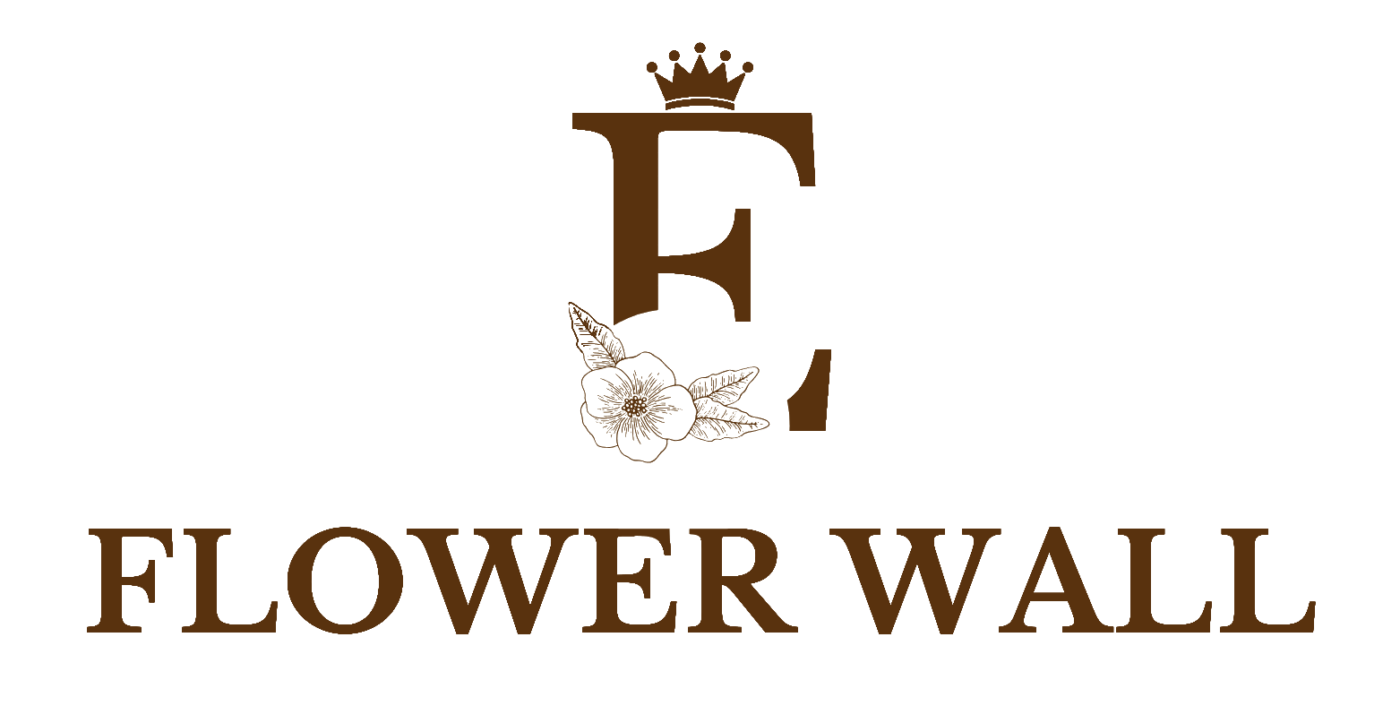Blog
Creating a Stunning Wedding Setup | Kristin Batalucco’s Expert Guide
kristin batalucco
Discover Kristin Batalucco’s expert, experience-based guide to designing a stunning wedding setup. Practical, proven tips to support couples, planners, suppliers.
Introduction
Planning a wedding—be it for yourself, your clients, or as a supplier—can feel like navigating a maze. You want to honor personal style, meet logistical demands, support vendors, and impress guests—all without breaking the bank or burning out. I’m Kristin Batalucco, and over years of setting up wedding days and partnering with planners and suppliers, I’ve walked the path you’re on. In this guide, I’ll share lessons from real-life setups (with honest before-and-after reflections), reveal the scientific principles behind effective décor and planning, and lay out structured, actionable solutions that make your job not just doable—but joyfully manageable.
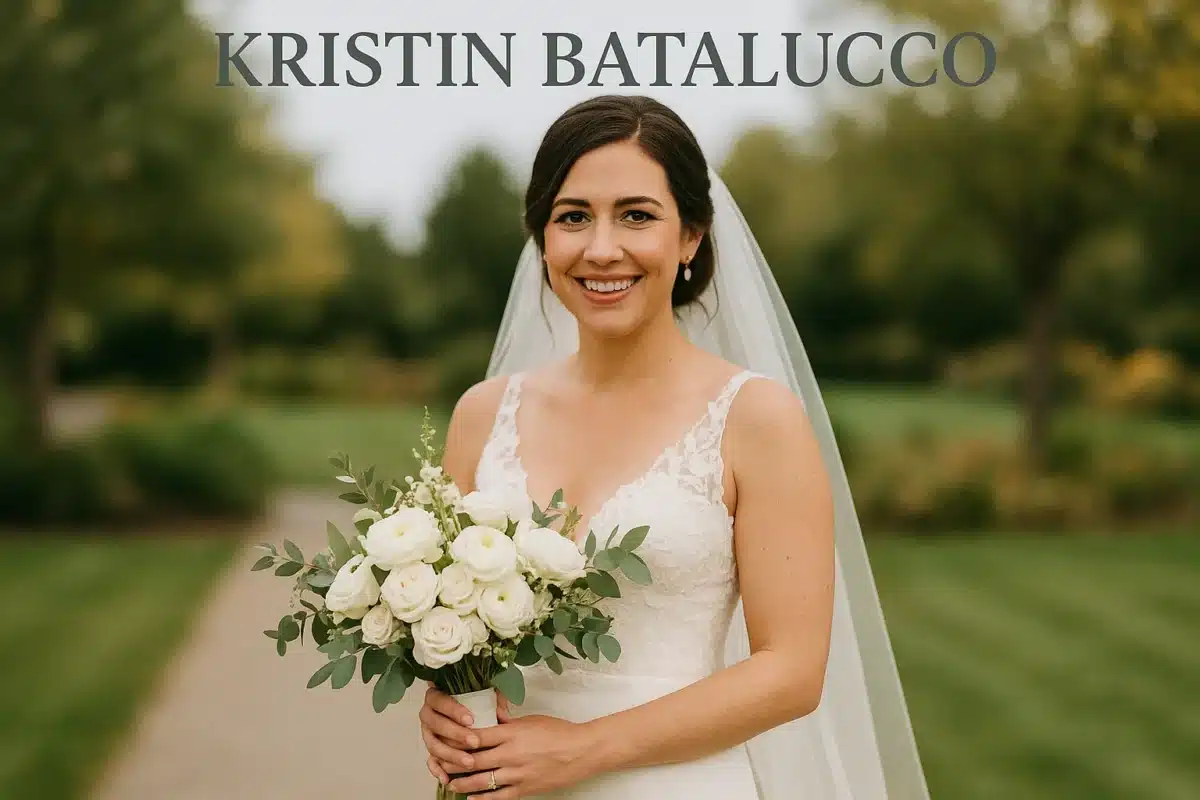
Contents
- Experience: Before-and-After Real Wedding Setup
- The Science of Wedding Design
- Structured Planning: Step-by-Step Pathway
- Tailored Advice for Different Audiences
- Couples (DIY or hiring planners)
- Wedding & party companies
- Distributors & procurement professionals
- Conclusion
- FAQ
- Contact
1. Experience: Before-and-After Real Wedding Setup
1.1 Before
I once helped a couple struggling with a plain garden venue—it felt flat, lacked focal points, and their floral budget had already jumped beyond estimates. Without a clear concept, décor elements were randomly chosen, resulting in a disjointed look and a frazzled planning experience.
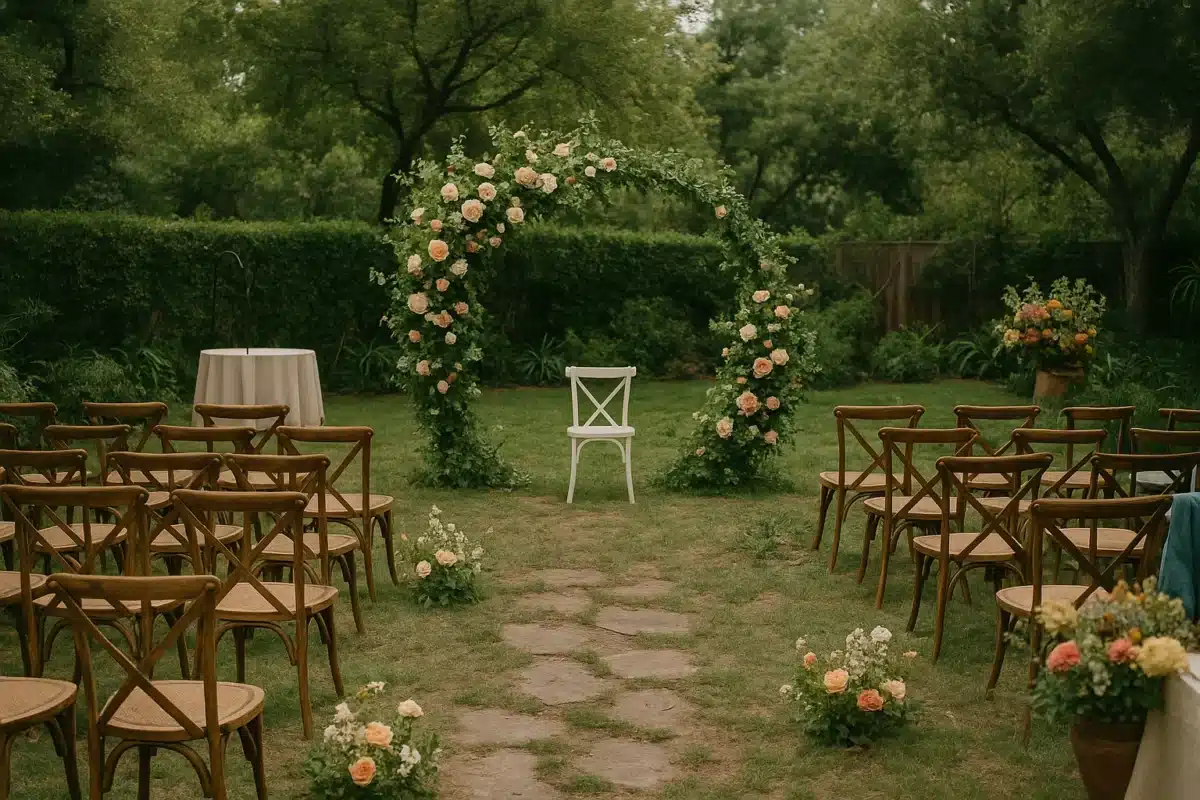
1.2 After
We pivoted to a cohesive, thematic design: we chose a “rustic elegance” palette—soft ivory flowers, warm fairy lights, weathered wood signs—and created a visually compelling ceremony backdrop and sweetheart table. The transformation was dramatic: what had felt empty became intimate and expressive. On the day, I captured a side-by-side shot—before against the naked garden wall, and after with floral framing and mood lighting—that still serves as my go-to proof that intentional design transforms both space and experience.
2. The Science of Wedding Design
2.1 Psychological Impact of Color & Lighting
Soft, warm lighting triggers feelings of comfort and romance. Ivory and blush tones evoke purity and softness. By applying principles of color psychology and warm light (around 2700–3000K bulbs), we subtly guide guests into a relaxed, emotionally open state.
2.2 Focal Point Theory
Humans naturally gravitate to visual centers. A defined ceremony arch, sweet-heart table backdrop, or feature wall draws attention and anchors the composition of the space—creating both aesthetic order and memory-making impact.
2.3 Human Flow & Spatial Planning
Scientific studies in ergonomics show that guests feel more comfortable in venues where circulation zones are clear. Designing intuitive traffic flows—from ceremony to cocktail hour to dinner—and avoiding bottlenecks increases enjoyment and reduces stress.
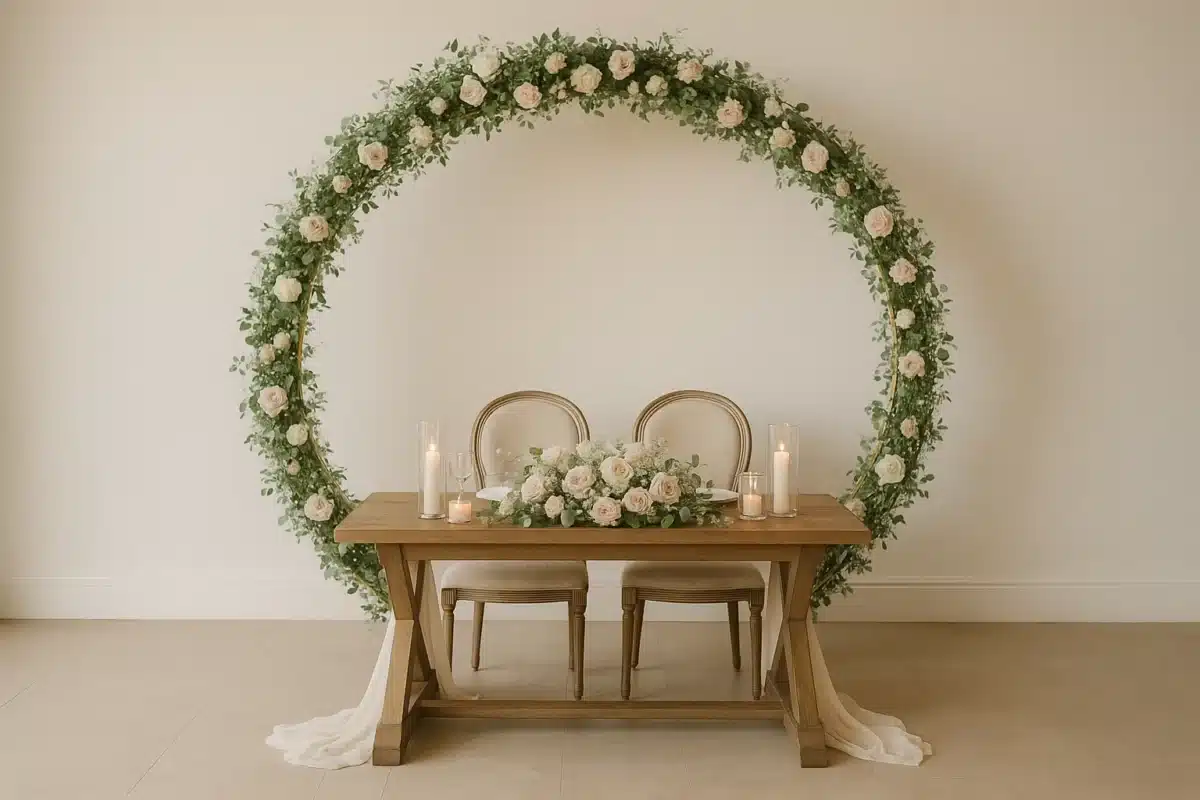
3. Structured Planning: Step-by-Step Pathway
Step 1: Define Core Theme & Emotional Goal
Ask: What feeling should the design evoke—intimacy, festivity, classic elegance? This becomes the filtering lens for all decisions.
Step 2: Audit Your Venue
Take photos of empty spaces. Sketch rough spatial zones. Identify natural lines, lighting, sight-lines, and constraints (e.g., power outlets, ceiling height).
Step 3: Create Visual Hierarchy
Decide on 2–3 focal points (e.g., ceremony backdrop, head table, entrance). Sketch them.
Step 4: Allocate Budget Strategically
Prioritize spend on high-impact, low-cost elements—like lighting and focal décor. Scale back on extras that don’t advance emotional or visual goals.
Step 5: Prototype & Mock Setup
Where feasible, set up a small mock-scene or layout in an off-time to test proportions, material behavior, and flow.
Step 6: Build Vendor & Team Briefing
Provide vendors (florists, lighting crew, planners) with a concise mood board, lighting spec (e.g., bulb color temperature), and map of spatial zones to ensure alignment.
Step 7: Rehearse and Document
Do a tech/rehearsal run, photograph placement of key elements, take notes on adjustments needed. Use these observations to refine future setups.
4. Tailored Advice for Different Audiences
4.1 Couples Preparing for Their Wedding
- For DIY planners: Start early, build a mood board, and choose specs (e.g., pick lighting bulb tone before selecting other décor). Try a small mock setup—an arched backdrop with sample florals and a test light—to see scale and feeling.
- For those hiring planners: Ask your planner for color-temperature guidance and mock-setup photos. Insist on vendor briefs—this gives you confidence that your vision will translate.
4.2 Wedding & Party Companies
- Develop standard “starter mood boards” across trending styles (e.g., “rustic elegance,” “modern minimalism,” “tropical botanical”) that can be customized per client—with lighting templates, focal-point modules, and recommended ratios (e.g., centerpiece heights vs. table spans).
- Train staff on focal point theory and human flow principles so every setup is both beautiful and functionally intuitive.
4.3 Distributors & Procurement Professionals
- Source lighting fixtures that allow adjustable color temperature—this flexibility serves diverse client visions and improves resale value.
- Bundle décor kits around themes with recommended materials and layout guides; suppliers love turnkey, “assemble-and-execute” solutions.
5. Conclusion
Wedding design doesn’t have to be guesswork or an emotional gamble. Drawing on real setups, scientific design insights, and structured planning paths, you can craft spaces that resonate deeply and function smoothly. Whether you’re the couple investing your heart and time, a planner or party company delivering magic for clients, or a supplier creating convenience for buyers—you hold the power to transform venues into unforgettable experiences. Let your decisions be guided by clarity, science, and empathy.
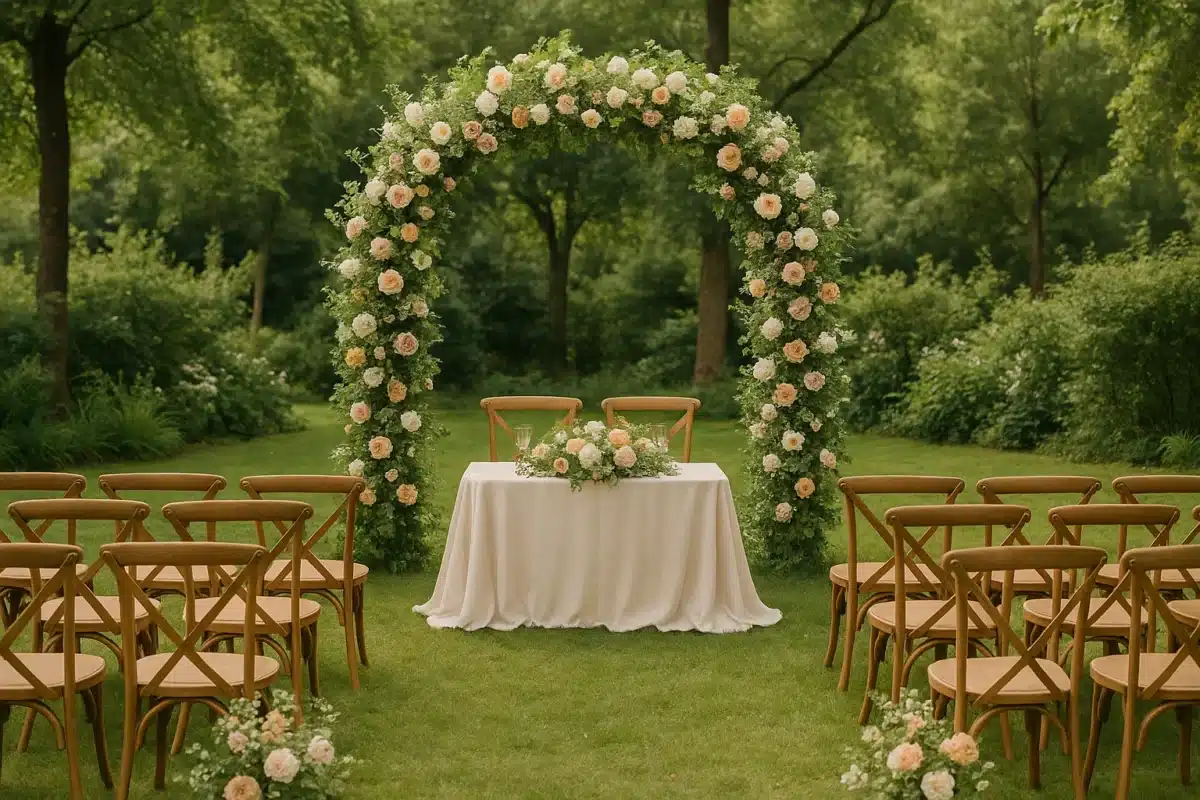
FAQ
Q1: How do I choose the right color temperature for lighting?
Warm white (2700–3000K) creates a romantic, inviting ambiance—ideal for ceremony and dinner. Test options in advance using inexpensive LED bulbs before renting or purchasing fixtures.
Q2: What’s the easiest way to create a focal point?
Start with a simple arch or backdrop. Dress it with soft drapery, florals, or signage. Ensure contrast with the venue background and highlight it with subtle lighting to anchor the eye.
Q3: How can I plan guest traffic flow for outdoor venues?
Sketch paths from ceremony to lounge to dining. Use natural edges or décor clusters to gently guide movement. Avoid narrow bottlenecks (e.g. gates, staircases) directly between key zones.
Q4: I’m a distributor—how do I build décor kits that planners will love?
Group elements by theme; include a visual layout guide, lighting spec sheet, and sample swatches. Make kits modular so they’re easy to adapt and ship.
Q5: What’s the benefit of mock-setting before the event?
It lets you see scale, test lighting, troubleshoot logistical hiccups, and give teams a visual reference—saving time, worry, and mistakes on the actual day.
Contact
For personalized guidance or to explore décor solutions and collaborations, feel free to reach out:
- WhatsApp: +86 152 6621 4311
- Email: info@eventflowerwall.com
- Website: https://eventflowerwall.com/
